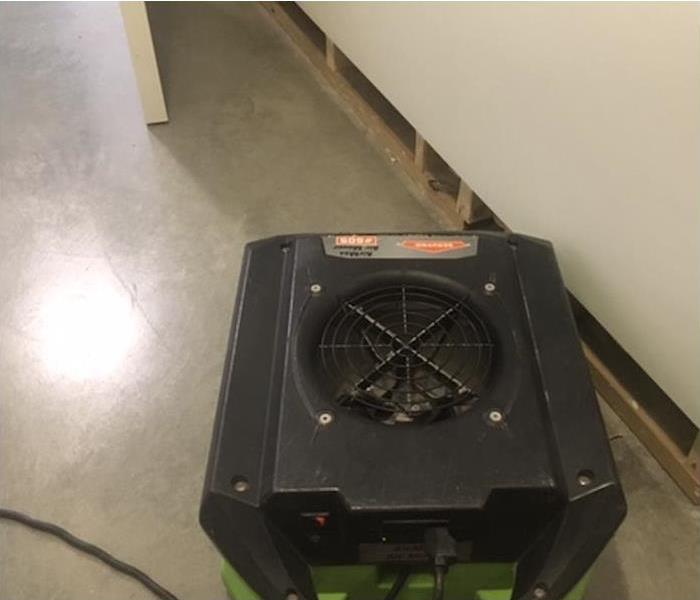What are Flood Cuts?
11/9/2022 (Permalink)
How Do Flood Cuts Work?
Flood cuts are an important part of the home restoration process after water damage. They remove wet drywall from the walls so that mold can't grow on the surfaces or in the insulation behind it. Flood cuts are also used to remove damaged sheetrock and plaster, which will need to be replaced anyway once molds have been cleared out. This guide will explain what flood cuts are, how they work, and why you should use them after a water loss has damaged your home or business.
Flood cuts are used to remove wet drywall
Flood cuts are a common technique for water damage. Flood cuts are used to remove drywall that is wet from water damage. The process involves cutting away the drywall, removing it and installing new drywall in its place.
Flood cuts remove only the damaged portions of your walls and ceiling, including anything that has been affected by water damage. This means you're saving as much of your home's original material as possible while also getting rid of affected materials before mold can begin to spread throughout your home.
Water damage can lead to mold growth, which requires professional remediation. Flood cuts remove excess water from the wall, preventing it from entering your home's structure while providing an ideal environment for mold growth.
Flood cuts are usually the best course of action for homeowners.
Flood cuts are usually the best course of action for homeowners, as they allow you to make the most out of your insurance money and save the most important parts of your walls. A skilled contractor can help you know how far to cut and which walls are necessary for flood cuts.
Removing drywall is the best course of action when it comes to preventing mold growth after a water loss. Mold remediation will require removing drywall anyway, so flood cuts are usually the best course of action for homeowners. It may seem like an inconvenience at first glance but taking precautions now will save time later when working with contractors after cleaning work has been completed.
While flood cuts are labor intensive, they are a great way to remove moisture and moisture affected materials from your home. Flood cuts also allow you to make sure that there isn’t any mold growing in your walls before it becomes an issue. Mold remediation will require removing drywall anyway, so flood cuts are usually the best course of action for homeowners to prevent mold growth from spreading throughout your home. If you think your home may have been affected by flooding or other water damage, then call our SERVPRO of East Greenwich/Warwick/Cranston team today! Our team can help you with everything from water and mold removal to rebuilding after storms and floods.




 24/7 Emergency Service
24/7 Emergency Service
